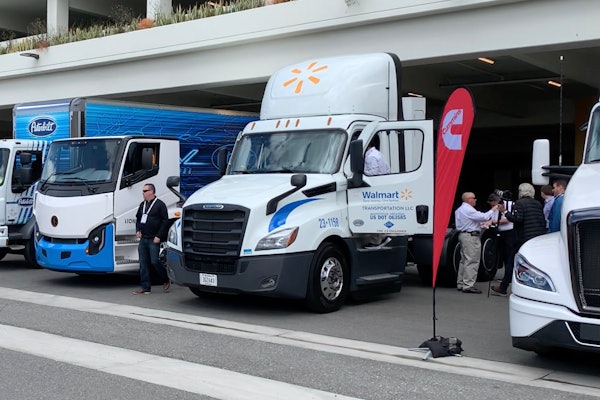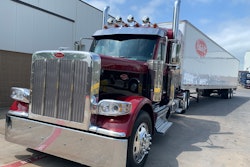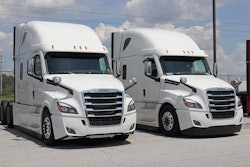Most people over the age of 40 remember a time when cell phones were not prevalent.
“In retrospect, it didn’t seem like that long ago,” said Darren Epps, Aug. 10, at the CCJ Symposium in Birmingham, Alabama. One day, the trucking industry will remember the time when battery electric vehicles (BEVs), hydrogen powertrains and renewable fuels were entering the market. That time is now.
The transition to alternative powertrains and fuels “is not going to happen overnight,” said Epps, senior director of advanced vehicle technology at Ryder System, "but it definitely is coming.”
Nearly every truck OEM now has an electric or fuel cell vehicle ready for production, he noted, and the build slots are filling quickly.
Fleets and OEMs have traditionally been focused on technologies for increasing fuel efficiency — trailer side skirts, wide-base tires, 6x2 drive axles, wheel covers and more. Presenter Mike Roeth noted that interest is starting to shift toward how technologies can increase the range of electric vehicles.
Roeth, executive director of the North American Council for Freight Efficiency (NACFE), said his group has been tracking the adoption and efficacy of numerous technologies for more than 10 years in its Confidence Reports. NACFE is currently gathering data and holding “Run on Less” events from 13 participating fleets that have deployed fully electric Class 4-8 vehicles.






